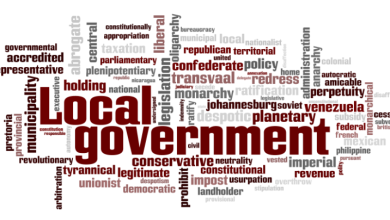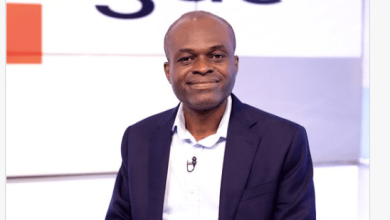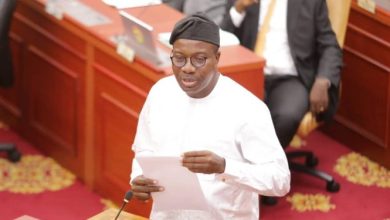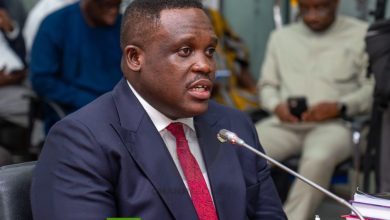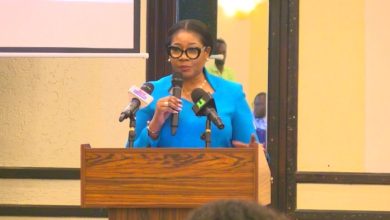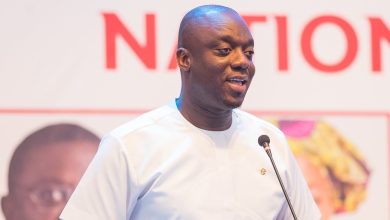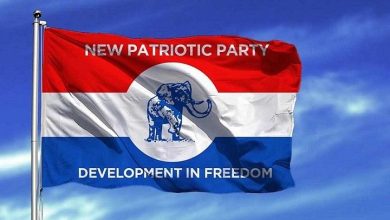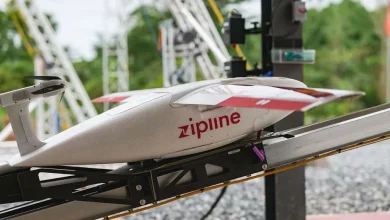Specify where buffers were located in sinking fund for DDEP payments – Kwakye Ofosu challenges NPP
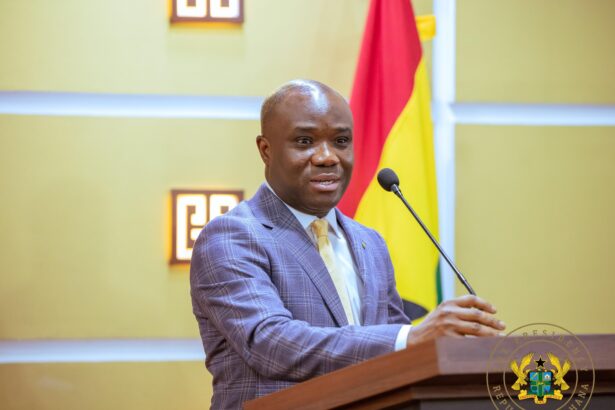
The Minister of State for Government Communication, Felix Kwakye Ofosu, has refuted the New Patriotic Party’s claim that the government’s recent payment of GH¢6 billion to bondholders was facilitated by buffers left by the previous administration.
In a press briefing on Wednesday, February 19, he challenged NPP officials to specify the location of these buffers.
He emphasised the necessity of identifying and allocating funds in a designated account, known as the Debt Service Reserve Account or sinking fund, prior to making such payments.
“For officials of the former government to claim that these payments resulted from their work, they need to point specifically to where those buffers were located. Because in order to pay the money, you need to find it and lodge it somewhere. That is what you call a buffer—pending payment at a given date.”
His comment follows assertions from NPP officials that the current government’s ability to fulfill these financial obligations is due to reserves they had established.
According to the former finance minister Dr Mohammed Amin Adam, the previous New Patriotic Party (NPP) government had already laid the groundwork to ensure a seamless continuation of these payments.
But Mr Kwakye Ofosu explained that the debt service reserve account has both a cedi and dollar component, with clear transaction records.
Therefore, “If the NPP officials are saying that we were able to pay these monies because they left money in the central fund, it should reflect in the statement of account.”
According to Kwakye Ofosu, the last recorded activity in the dollar-denominated account under the NPP administration was on October 22, 2024, with a balance of only $64,387.
Using an estimated exchange rate of 15, he explained that the amount would translate to around GH¢800,000—far below what was required for the bondholder payments.
“We are talking about payments within the range of GH¢6 billion. And you and I know that $64,000 cannot amount to GH¢6 billion,” he remarked.
Source: myjoyonline

